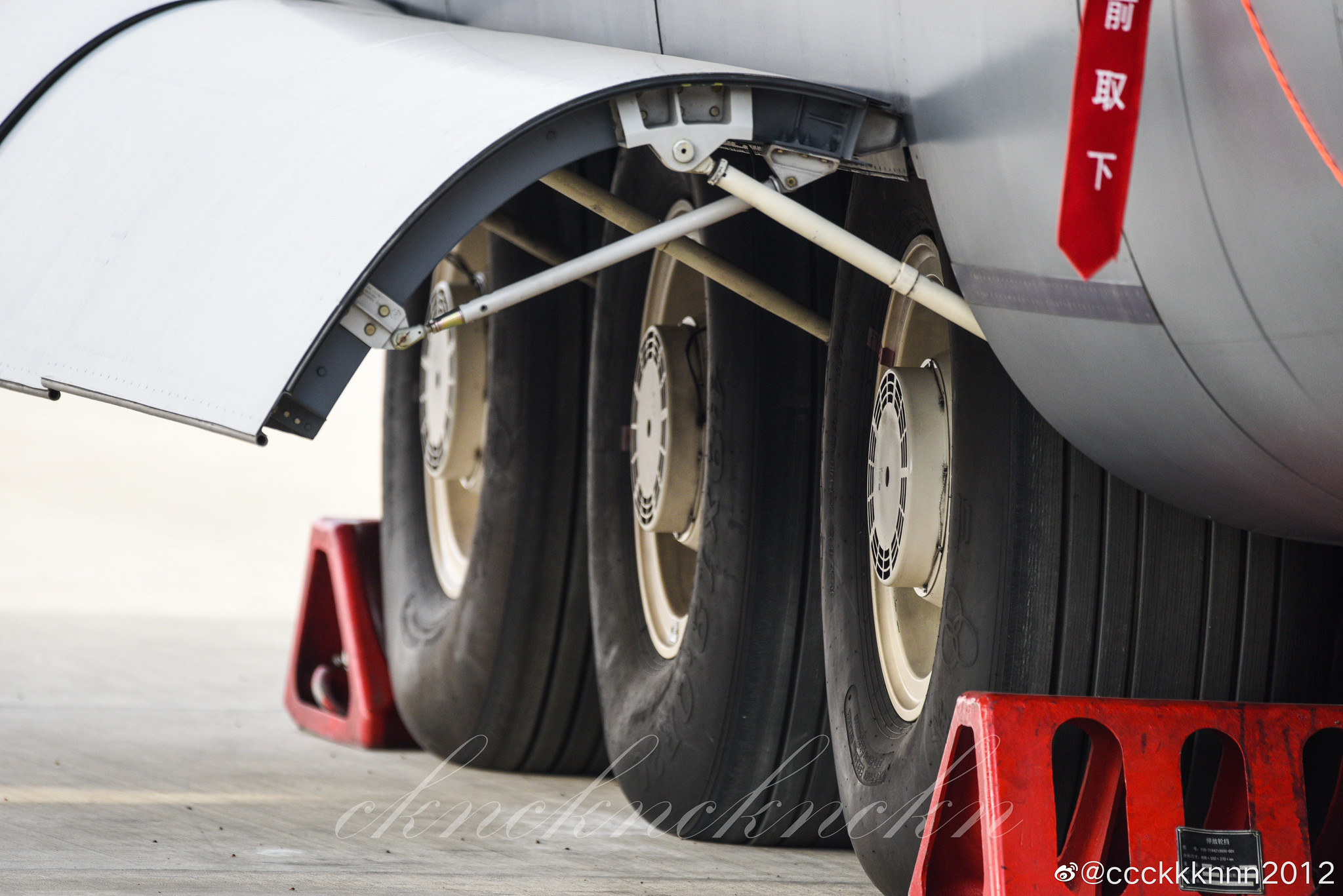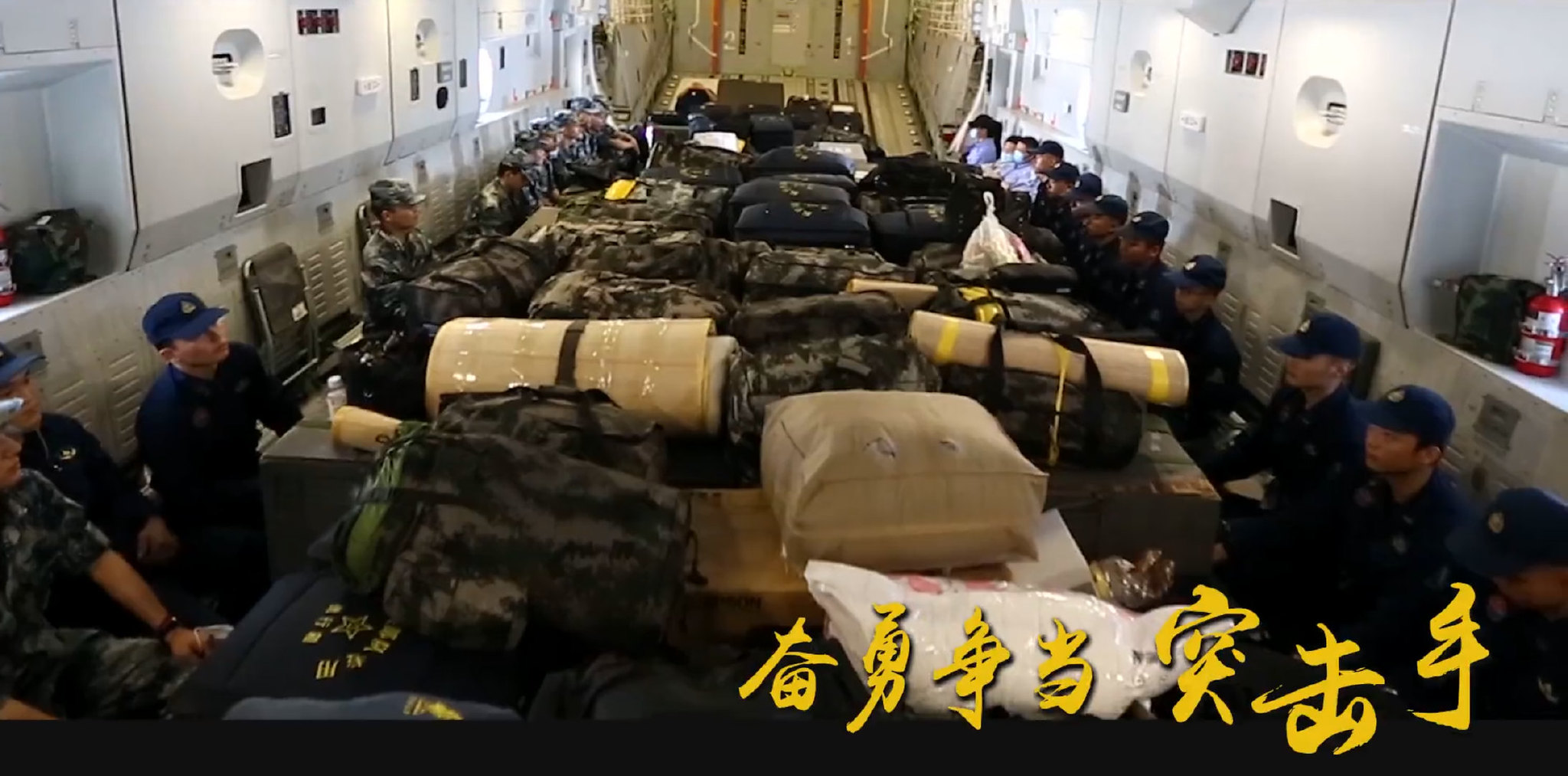You are using an out of date browser. It may not display this or other websites correctly.
You should upgrade or use an alternative browser.
You should upgrade or use an alternative browser.
China's transport, tanker & heavy lift aircraft
- Thread starter Totoro
- Start date
Given its individual bort number, the 12th Y-20A - serial number 11152 - assigned to the 4th Transport Division based at Chengdu/Qionglai has been spotted.
As such altogether 12 Y-20As from 13 nos. (no. 11051 to 11153 - all but 11054) within this unit have been confirmed.
(Image by @Unbeliverpool via Jetphotos)

As such altogether 12 Y-20As from 13 nos. (no. 11051 to 11153 - all but 11054) within this unit have been confirmed.
(Image by @Unbeliverpool via Jetphotos)

Do we know what the status of the WS-20 is? Has the PLAAF decided not to use the WS-20 on the Y-20 or something? It's shocking that J-20 and J-10Cs are going into production with the WS-10 and yet the WS-20 has never been seen on the Y-20, not even as a prototype. We have pictures of the WS-20 on a IL-76 test bed going as far back as 2013 but never on the Y-20.
It would have been adopted already if the PLA went about it the old way. The WS-10 was a piece of shit in 2007 but the PLAAF decided to put it into service anyway and paid for it with a two-year delay. Since Xi became general secretary, the PLA has become much more strict with adopting new equipment. These large turbofans are especially a challenge because there is no precedent to consult and the established infrastructure of Chinese engine industry didn't have a logical high-bypass turbofan testing process. There are also rumours the PLA is demanding safety and reliability performance from WS-20 akin to civilian safety requirements, which are usually much higher than military. This means AVIC and now AECC basically has to construct an entire testing standard, procedures, and infrastructure from nothing for the WS-20 and that's taking ages. The good news is every single high-bypass turbofan that comes out after the WS-20 would have everything already set up and can finish testing much faster.Do we know what the status of the WS-20 is? Has the PLAAF decided not to use the WS-20 on the Y-20 or something? It's shocking that J-20 and J-10Cs are going into production with the WS-10 and yet the WS-20 has never been seen on the Y-20, not even as a prototype. We have pictures of the WS-20 on a IL-76 test bed going as far back as 2013 but never on the Y-20.
Wonder if something similar happened with the WS-15. I recall Gongke saying a few years back that if they needed to they could install the engine and make it fly today. It’s entirely plausible that the bar for qualifying the WS-15 is much higher now than it was for the WS-10. This might ensure adoption for the WS-15 won’t be nearly as arduous, once it actually goes into production (but also this could just be wishful thinking).It would have been adopted already if the PLA went about it the old way. The WS-10 was a piece of shit in 2007 but the PLAAF decided to put it into service anyway and paid for it with a two-year delay. Since Xi became general secretary, the PLA has become much more strict with adopting new equipment. These large turbofans are especially a challenge because there is no precedent to consult and the established infrastructure of Chinese engine industry didn't have a logical high-bypass turbofan testing process. There are also rumours the PLA is demanding safety and reliability performance from WS-20 akin to civilian safety requirements, which are usually much higher than military. This means AVIC and now AECC basically has to construct an entire testing standard, procedures, and infrastructure from nothing for the WS-20 and that's taking ages. The good news is every single high-bypass turbofan that comes out after the WS-20 would have everything already set up and can finish testing much faster.
That's exactly what's happening. Standards were rewritten to align more closely with contemporary Western standards and all the new engines have to follow them. When the WS-10 was doing its tests in 2004, the standards only required it to demonstrate 300 hours life while the West was already on 5000 with engines built in the 90s.Wonder if something similar happened with the WS-15. I recall Gongke saying a few years back that if they needed to they could install the engine and make it fly today. It’s entirely plausible that the bar for qualifying the WS-15 is much higher now than it was for the WS-10. This might ensure adoption for the WS-15 won’t be nearly as arduous, once it actually goes into production (but also this could just be wishful thinking).
It would have been adopted already if the PLA went about it the old way. The WS-10 was a piece of shit in 2007 but the PLAAF decided to put it into service anyway and paid for it with a two-year delay. Since Xi became general secretary, the PLA has become much more strict with adopting new equipment. These large turbofans are especially a challenge because there is no precedent to consult and the established infrastructure of Chinese engine industry didn't have a logical high-bypass turbofan testing process. There are also rumours the PLA is demanding safety and reliability performance from WS-20 akin to civilian safety requirements, which are usually much higher than military. This means AVIC and now AECC basically has to construct an entire testing standard, procedures, and infrastructure from nothing for the WS-20 and that's taking ages. The good news is every single high-bypass turbofan that comes out after the WS-20 would have everything already set up and can finish testing much faster.
I guess the reason why they wanted WS-20 to have safety akin to civilian requirement would be so that China have a capable and reliable high-bypass engine that's fully indigenized. Aside from being useful militarily, maybe it's groomed as a potential engine to be mounted on China's domestically made airliner or even VIP/VVIP planes. That way they can ensure self-sufficiency to the highest level and Xi wouldn't need to fly on Russia/Europe/US made planes.









